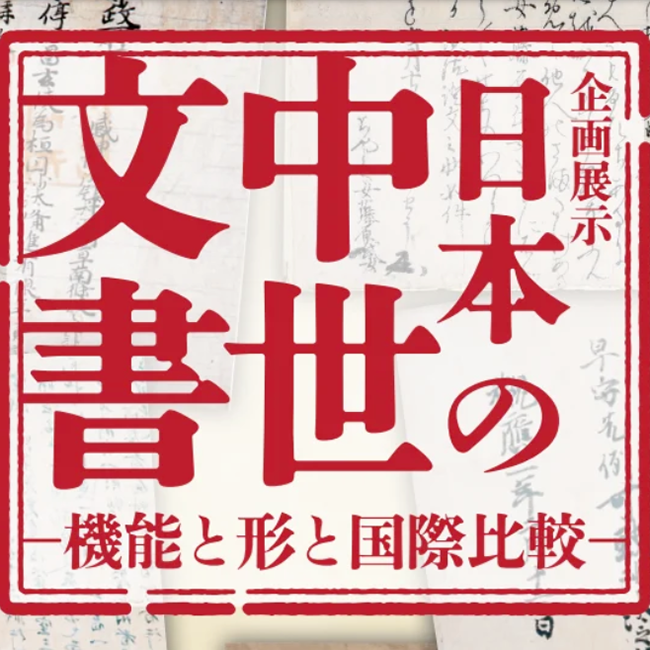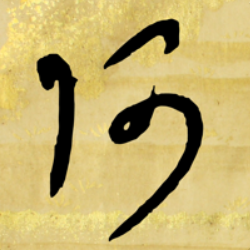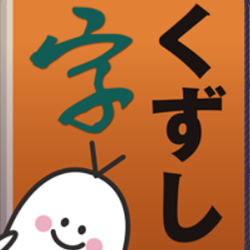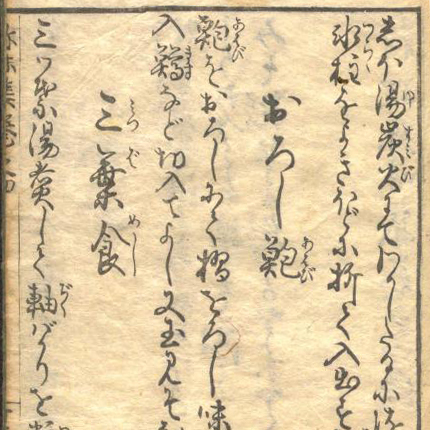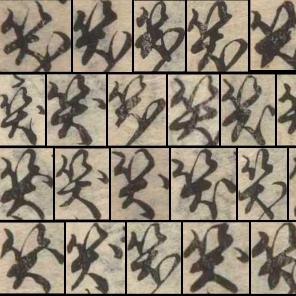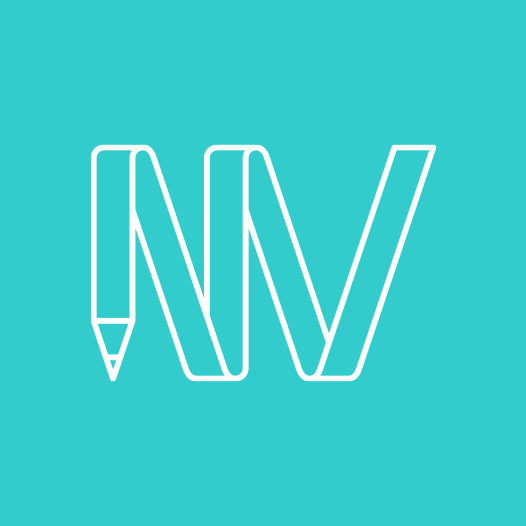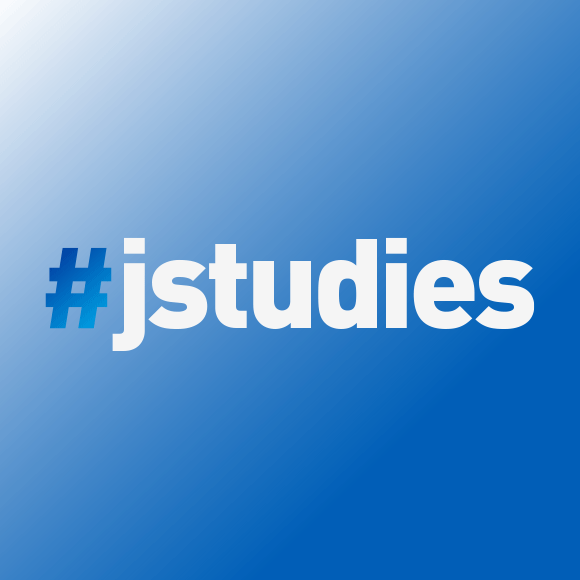
Kobun Resources: Tools for Reading Classical Japanese Texts
In Japan, an enormous number of historical documents and texts have been preserved over the centuries. However, these are written using archaic styles (often referred to as ‘kobun‘) which are often unreadable to all but a small handful of specialists. This page introduces open-access digital projects that aim to address this issue by making historical texts more accessible to non-specialists.
Chusei Monjo Mediaeval Manuscript Database
The National Museum of Japanese History has released Chusei Monjo, a new database of Japanese mediaeval manuscripts from the late Heian period to the Azuchi-Momoyama period (around the 11th to 16th centuries). Along with images of the original manuscripts, the database also includes the transliterated text, an explanation in modern Japanese, and audio for each text. The site also incorporates an online forum allowing scholars and students to ask questions, comment on the texts and discuss mediaeval Japanese history.
Source
Chusei Monjo website (Japanese only)
Hentaigana App
This free app is designed to help users learn to read hentaigana, a classical precursor of hiragana which is now obsolete. The app is the fruit of a collaboration between The University of California (UCLA) and Waseda University as part of the Tadashi Yanai Initiative for Globalising Japanese Studies.
Source
Hentaigana App page (via App Store)
More info
Read an overview of the project via the UCLA website.
KuLA (Kuzushiji Learning App)
KuLA (Kuzushiji Learning App) is a free educational tool for tablets and mobile phones which helps users learn to read kuzushiji, or classical Japanese cursive script. The app was developed by a PhD candidate at Kyoto University and is available in Japanese only.
Source
KuLA app page (via App Store)
More info
Read an article about the project in Digital Humanities Quarterly.
KuroNet Character Recognition Platform
Created by researchers at Japan’s Centre for Open Data in the Humanities (CODH), KuroNet helps users to decipher historical texts written in classical Japanese script. It uses artificial intelligence to machine-read images of historical texts uploaded by users and convert them into contemporary Japanese. The model was trained on an extensive dataset compiled by CODH which contains over 4000 character classes and a million character images from 44 books printed in the Edo period (around the 17th to 19th centuries).
Sources
KuroNet (Japanese only)
See instructions for using KuroNet(Japanese only)
More info
Read an article in The Gradient magazine on CODH’s work in this area.
Kuzushiji and Premodern Japanese Studies: Learning Resources and AI Initiatives [Video]
This is a recording of a graduate workshop run by Dr Tarin Clanuwat (Centre for Open Data in the Humanities) in July 2020, presented by The University of British Columbia’s Centre for Japanese Research. The workshop provides an introduction to a variety of kuzushiji (classical Japanese cursive script) learning resources, including AI-driven tools.
Sources
UBC-CJR Workshop webpage
Kuzushiji Database
Created by Japan’s Centre for Open Data in the Humanities (CODH), this database allows users to see how individual Japanese characters are rendered in kuzushiji classical cursive script across a range of historical manuscripts. In Japanese only.
Sources
Kuzushiji Database overview (Japanese only)
Kuzushiji Database character shape search
See also
Related Links
GET IN TOUCH
Contact us on (02) 8239 0055 or via
Main image: Decree of Emperor Godaigo (後醍醐天皇綸旨), 1326. (Source)

